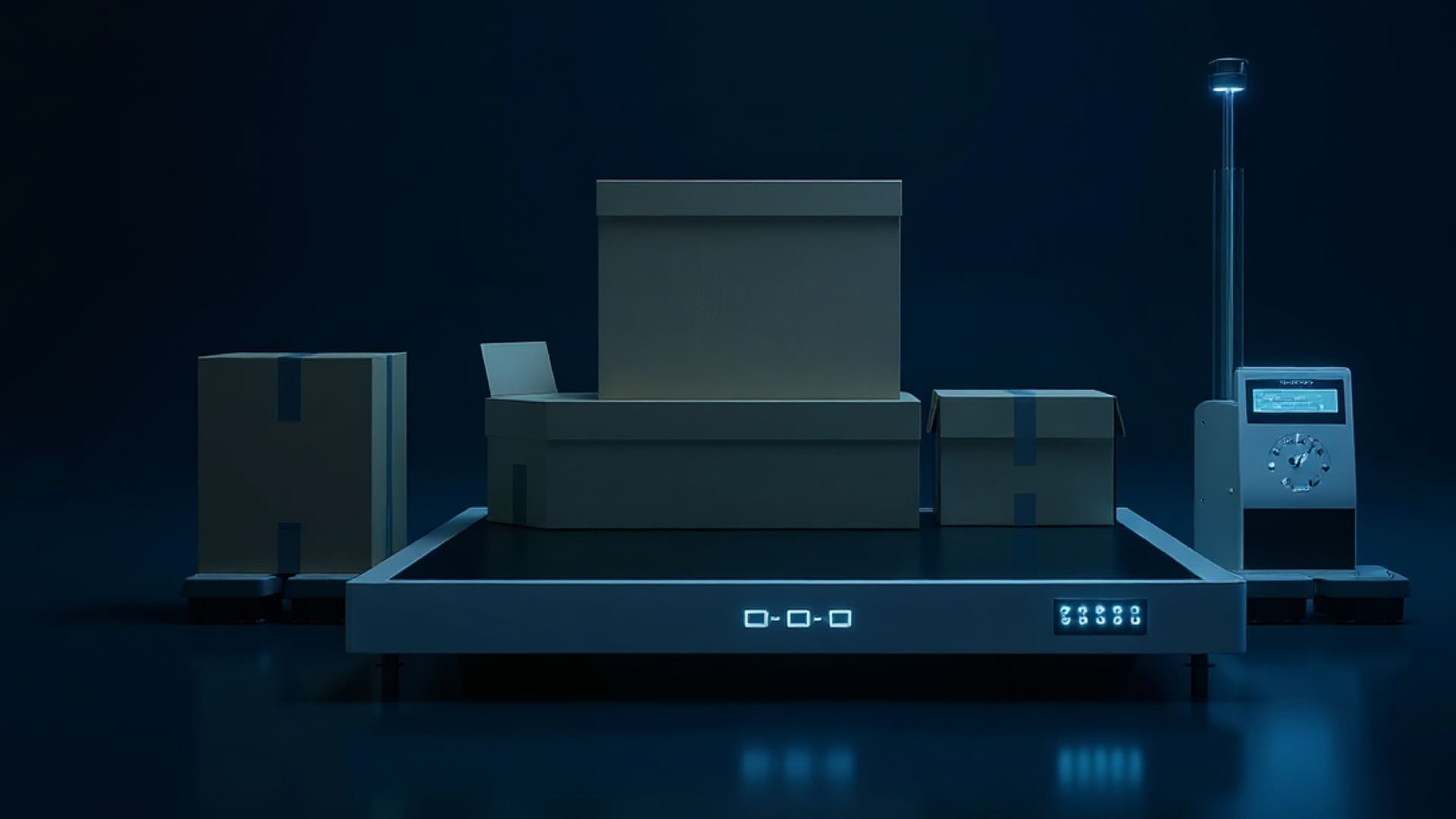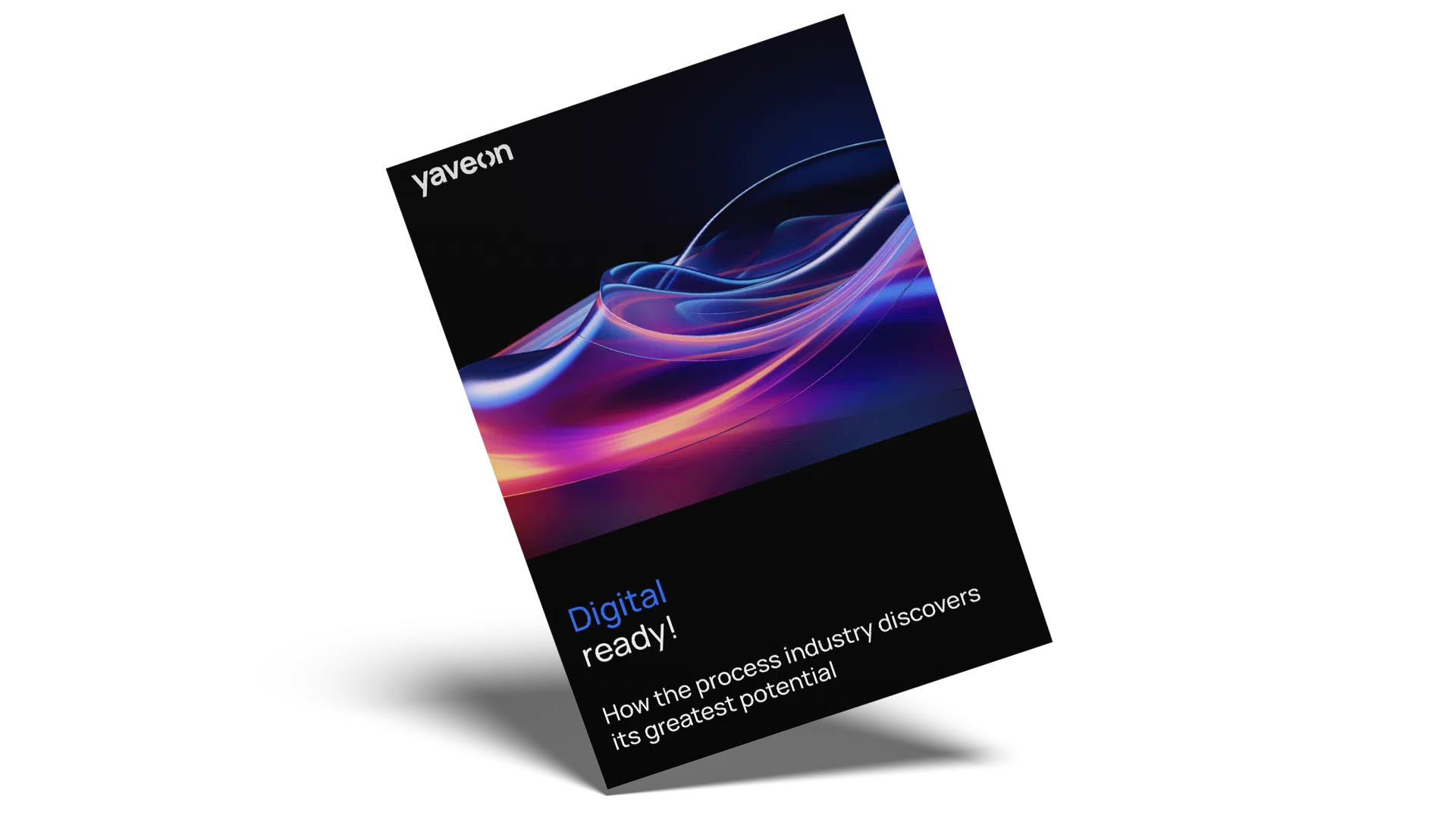We show you how the process industry can discover and unleash its greatest digital potential.

Catch Weight refers to the individual, variable weight of a product that cannot be standardized. The term is often used in the food industry for items such as meat, fish, or cheese, since their weight naturally varies. Also known as variable weight, it plays a key role in both pricing and logistics.
Catch weight items are products with variable weight that are sold both by quantity and by weight. Examples include cuts of meat, fish fillets, wheels of cheese, as well as fruit and vegetables.
Because catch weight products are not uniformly weighed, their recording and billing require specialized systems. Companies in the food and process industries therefore rely on digital solutions for weight documentation, price calculation, and inventory management.
A typical example of catch weight in the process industry is the processing of salmon fillets. Since each fillet has an individual weight, billing is based on the actual weight rather than by piece.
Practical example:
Other examples: catch weight is also relevant for blocks of cheese, poultry, or meat portions.
Many products in the process industry are not produced or sold with a fixed weight. Companies must record and manage variable weights accurately to operate profitably and in compliance with regulations.
Typical industries where catch weight is relevant:
Challenges & solutions:
For the process industry, this means companies need flexible ERP and inventory management systems that can automatically record and manage variable weight units. Digital scales and interfaces make it possible to transfer weight data directly into the ERP system in real time – ensuring accurate inventory control, transparent pricing, and seamless logistics.
Catch weight impacts a wide range of logistics processes:
Companies rely on specialized IT systems to ensure automated weight recording and management.
Depending on the industry, companies working with catch weight must comply with various legal requirements and quality standards:
To automate and manage catch weight efficiently, companies rely on specialized ERP systems. A proven option is Yaveon’s industry ERP solution, developed specifically for the process industry and equipped with comprehensive catch weight management functions.
 The digital potential of the process industry – Beitrag öffnen
The digital potential of the process industry – Beitrag öffnen
We show you how the process industry can discover and unleash its greatest digital potential.
The 10 most important benefits of ERP systems – helping every company and every department take the next step. Learn more now!
 8 ERP trends for 2025: ERP in transition – Beitrag öffnen
8 ERP trends for 2025: ERP in transition – Beitrag öffnen
Discover the ERP trends 2025: artificial intelligence, cloud and more - for the future of your company.